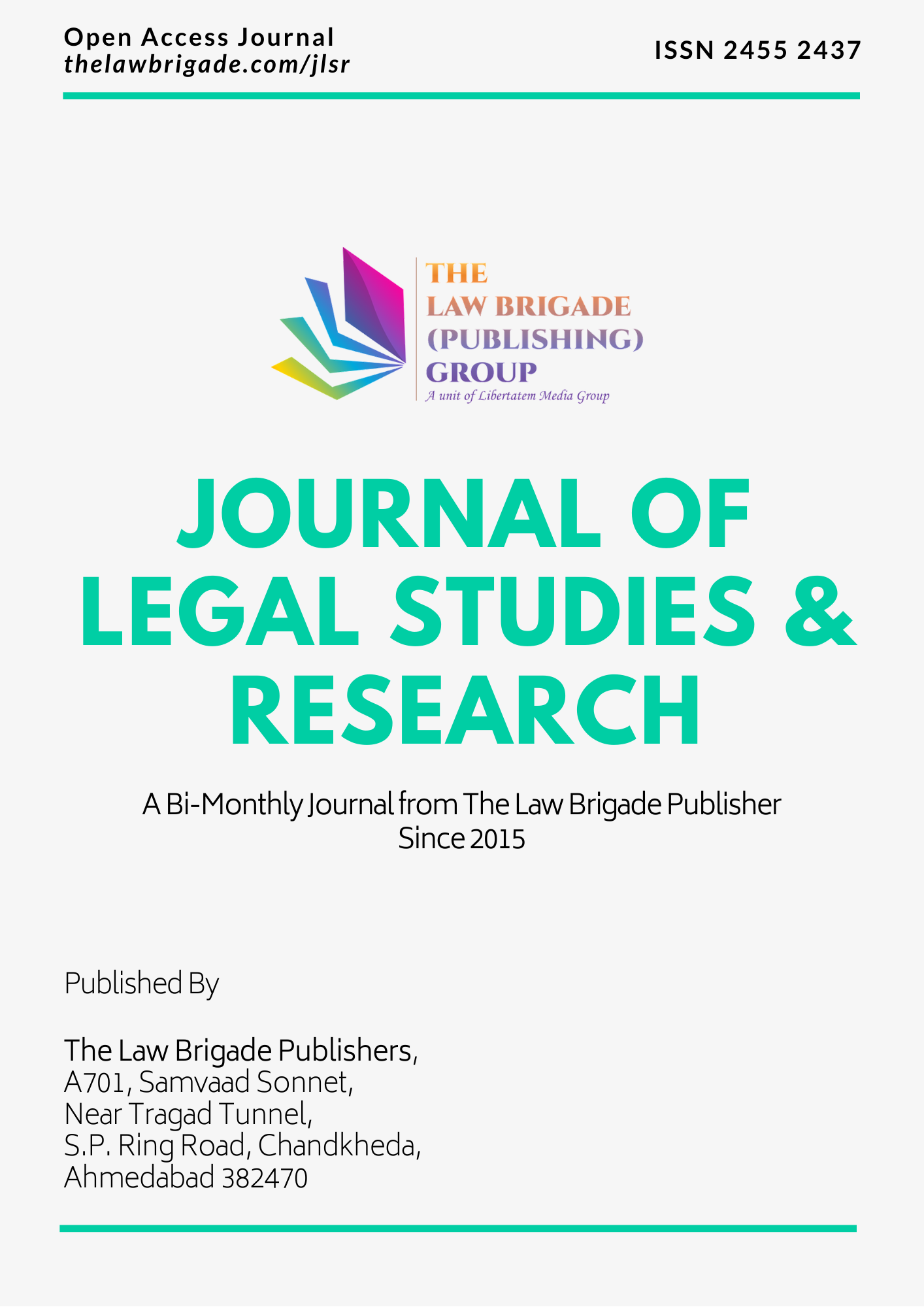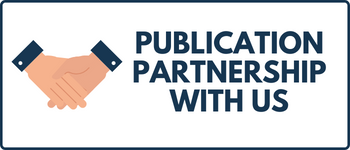The book who owns the problem? Africa and the struggle for Agency commences with the Late Pius Adesanmi articulating that he had been invited to a conference to reflect on the theme African solutions for African problems[i] Typical of his somewhat controversial view, he proclaimed that in Africa politics dictates problems that are defined as African .[ii] striking ,though ,is his assertion that solving Africa’s perceived problems depends on the readiness of the institutions and opportunities of African modernity to rise up and solve them using critical human intelligence and innovation.[iii] The advent of regional and sub-regional institution arrangements is an idea developed by the United Nations as early as 1968[iv] for the fact that regional mechanisms have better grasp of regional interests and conditions; and not least because at the time ,there was clear reluctance on the part of Africa to be imposed upon by external parties given the history of colonization embedded in the identity and consciousness of Africans. Consequently, a number of sub-regional organizations and organs have been established one of which is the subject of this articles topic –is the east African Court of justice (EACJ) Established under Article 9 of the East African Community Treaty.[v] The East African Community (EAC) is a transnational governance structure located somewhere beyond the reach of the nation-state and below the legal regime of international law .[vi]as dieter Grimm explains in the case of conflict courts of arbitration are the conflict solving actors ,applying a transnational law ,which is to a large degree shaped by themselves [vii] confirming this description is the East African community ,which has demonstrated some effectiveness in promoting regional cooperation in economic relations in conjunction with its principal judicial organ, the EACJ, which has been empowered to advance respect for human rights and to independently adjudicate cases brought before the court moreover the court has a special mandate in terms of areas to cover and independent ways of working.
The East African Court of Justice (EACJ) is one of the organs established under Article 9 of the East African Community Treaty.[viii] The East African Community (EAC) has demonstrated some effectiveness in promoting regional cooperation in economic relations. It also disposes of a range of Institutions – including the EACJ and the Treaty – to advance the respect for human rights and to adjudicate independently cases brought before the court. Within the EAC Institutions or organs, the EACJ has a special mandate in terms of areas to cover and independent ways of working.
This article intends to deal with the formal arrangements in place, including those to implement its mandate. Secondly, the article will deal with challenges relating to the interpretation and implementation of its mandate. This has resulted in rulings by the court that were politically controversial to one or more EAC Partner States, given – among other things – the court’s efforts to adjudicate on matters that hint on human rights, an area that it has no mandate yet to adjudicate upon. Section 3 then deals with the political backlash and the approaches by member states to eliminate the EACJ, undo rulings or otherwise constrain the actions, scope and independence of the court. The proposal will also look at key conduits which push for the EACJ to further take – what some have called – an activist stance in the pursuit of implementing its mandate and pushing the boundaries for the enforcement of the protection of human rights within the EAC.
[i] Pius Adesanmi ‘who owns the problem’ in who owns the problem? Africa and the struggle for Agency (Michigan State university press 2020)3,referring to the fourth Annual African Renaissance for unity conference,held in Pretoria,South Africa on 22 may 2014.
[ii] Ibid 5-6
[iii] Ibid 8
[iv] Specifically the UN Secretary General was requested to consider the possibility of arranging suitable regional seminars under the programs of advisory services …where no regional commission on human rights exist(sic) at present see 44 UN ESCOR.Supp.NO.4 at 152 UN DOC.E/4475(1968) and 64 UN ESCOR SUPP NO.4 at 132 UN DOC.E/1978/34.(1978)(Adopted on 6 march 1978).
[v] Treaty for the Establishment of the East African Community, signed on 30 November 1999, came into force on
7 July 2000. Amended on 14 December 2006 and 20 August 2007 [herein EAC Treaty].
[vi] Gunnar Folke schuppert New Modes of Governance and the Rule of Law :The case of Transnational Rule making ni Michael Zurn,Andre Nollkaemper,and Randall peerenboom (eds) Rule of Law Dynamics in an Era of International and Transnational Governance (cambridge university ,pres 2012)91.
[vii] ibid
[viii] Treaty for the Establishment of the East African Community, signed on 30 November 1999, came into force on
7 July 2000. Amended on 14 December 2006 and 20 August 2007 [herein EAC Treaty].





